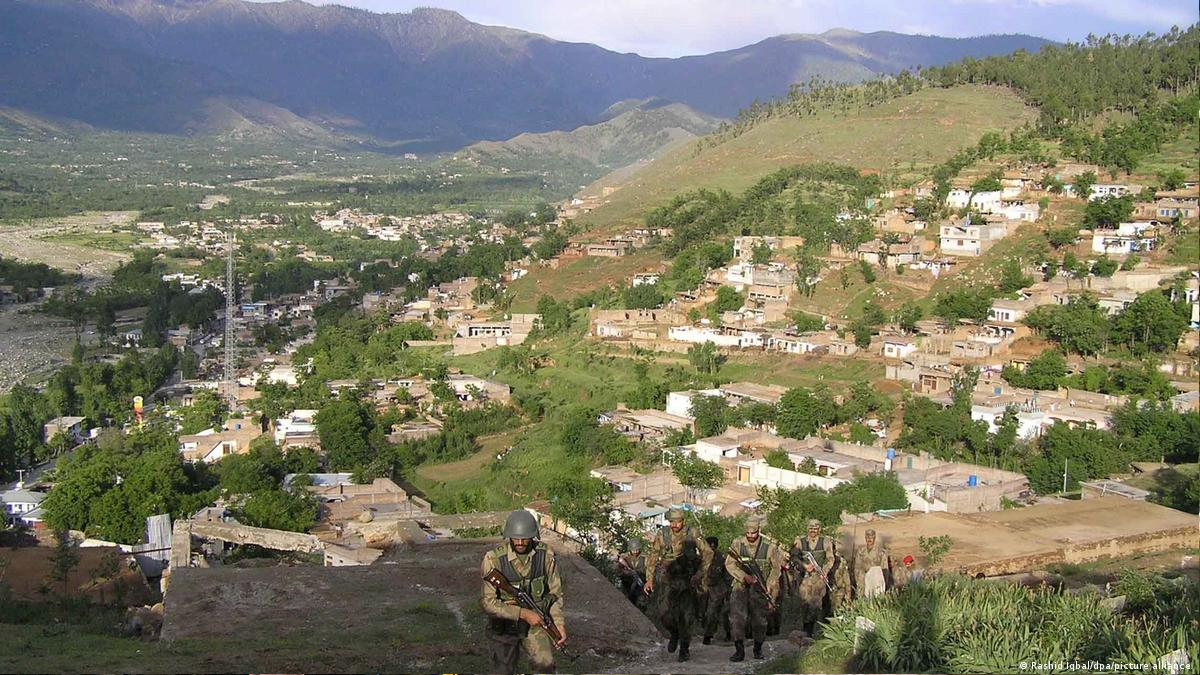
TTP Is Back
Locals claim that TTP racketeering has spread to areas along the Pakistani border after the Taliban took control of the neighbouring country of Afghanistan and felt empowered by the success of its sister movement.
Although they are related to the Afghan Taliban, the TTP rose to prominence between 2007 and 2009 when they seized control of Swat.
After a heinous attack on the Army Public School in Peshawar in 2014 that left over 150 people dead, predominantly students, the military cracked down hard on them.
The TTP was largely routed, and its fighters fled to Afghanistan, where US-led forces pursued them.
Islamabad’s Center for Research and Security Studies
However, Imtiaz Gul, an expert with Islamabad’s Center for Research and Security Studies, claims that now that Afghanistan is again under Taliban administration, it has turned into a “open refuge” for the TTP.
Read More | Transition in Army Leadership Starts
Read More | Umrah Package in 2023
“That’s a straightforward reason for why the TTP attacks grew,” he added, adding that “they now have freedom of action while living in Afghanistan.”
According to the Pakistan Institute for Peace Studies, militant activity in Pakistan has increased significantly in the year after the Taliban’s come back, resulting in the deaths of 433 people.
Swat community activist
Ahmad Shah, a Swat community activist, said that the attackers “launched the same old game: target killings, bomb blasts, kidnappings—and making appeals for extortion.”
The TTP is funded by the blackmail network, which also sows a crisis of confidence in the local governments that the militants want to overthrow in favour of Islamist governance.
According to provincial politician Nisar Mohmand, 80 to 95 percent of wealthy locals in the vicinity are now the targets of blackmail.



